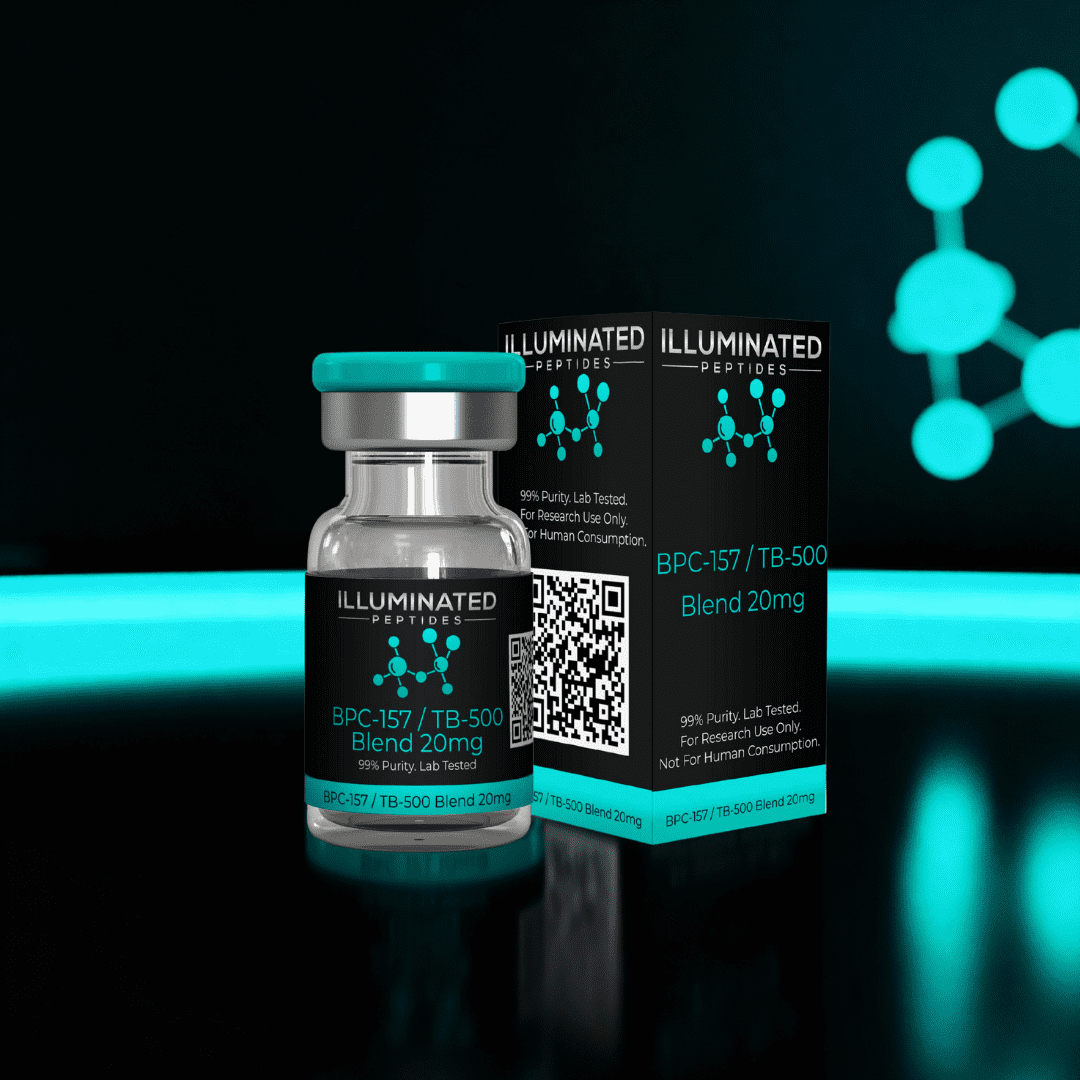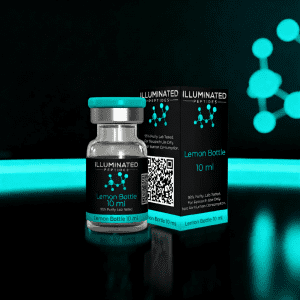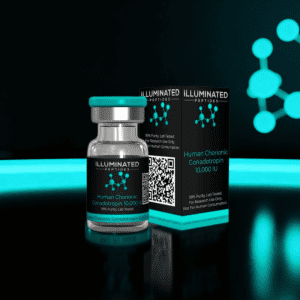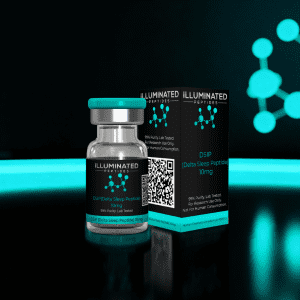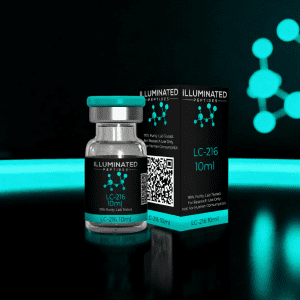Description
Potential Synergy of BPC-157 and TB-500 in Wound Healing
Preclinical research suggests that BPC-157 and TB-500, each acting through distinct biochemical mechanisms, may complement one another in supporting tissue repair. When studied together, these peptides have demonstrated potential synergistic effects on wound recovery and regeneration.
Cell Migration
Effective wound healing relies on fibroblasts, which control extracellular matrix formation, along with immune cells that coordinate the repair process. For these cells to function properly, they must travel to the site of injury through a process known as migration. This movement is strongly influenced by the dynamics of the protein actin. Both BPC-157 and TB-500 have been studied for their roles in modulating actin activity. BPC-157 has been observed to influence gene-level regulation, leading to increased actin production. TB-500, on the other hand, is known as an actin-binding peptide that helps localize actin to regions where filament formation is needed to support cellular movement. When used together in experimental models, these peptides appear to enhance both the amount and efficiency of actin, thereby promoting faster migration of fibroblasts and immune cells to injured tissue.
The Big Picture Involves Growth Hormone
Studies indicate that both TB-500 and BPC-157 interact with growth hormone pathways during the repair process. BPC-157 has been shown to upregulate growth hormone receptor expression on fibroblasts, extending their functional lifespan and supporting their role in soft tissue regeneration. When paired with TB-500, the presence of increased actin availability allows fibroblasts to take full advantage of this extended activity. Preclinical discussions have also considered how these peptides might complement other experimental agents, such as collagen or growth hormone secretagogues, in order to further enhance regenerative outcomes. While this area of research remains exploratory, it underscores the potential interconnectedness of growth hormone signaling, fibroblast activity, and peptide-based modulation in wound healing.

